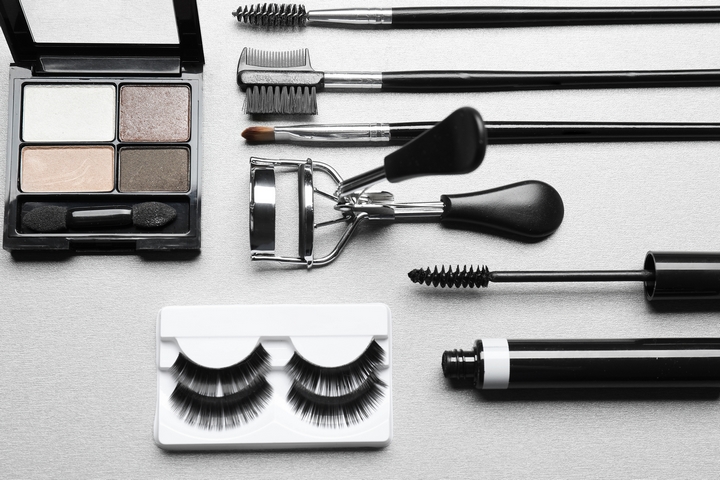
Sun damage is a common concern that affects many people. It can cause wrinkles, age spots, and even skin cancer. To repair sun-damaged skin and prevent further damage, it’s important to follow a consistent skincare routine that includes sunscreen, exfoliating, using products containing antioxidants, and moisturizing.
Additionally, a face mask containing ingredients such as honey, yogurt, or avocado can help nourish and hydrate the skin. It’s also crucial to avoid excessive sun exposure, especially between 10 am and 4 pm when the sun’s rays are the strongest. However, suppose your sun damage is severe. In that case, it’s important to consult a dermatologist who can recommend treatments such as chemical peels or laser therapy to help improve the appearance of your skin.
Are you looking to improve the overall appearance of your skin? Or do you want to protect yourself from further damage? Regardless, there are ways to repair sun-damaged skin and prevent further damage from occurring.
Here are the top seven ways to repair sun-damaged skin:
1. Use sunscreen
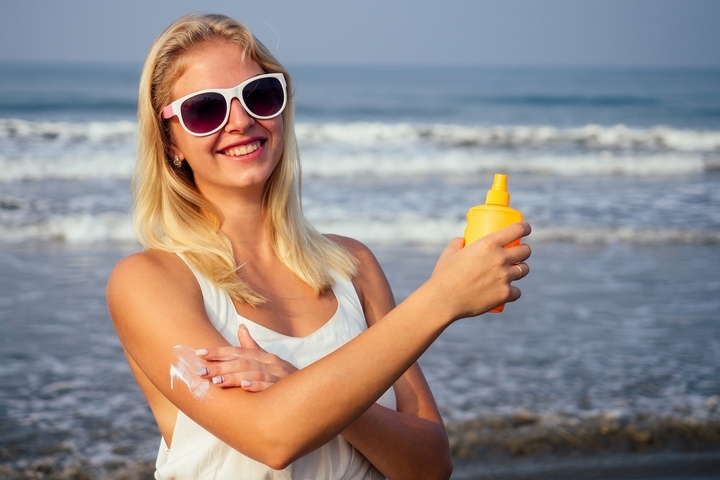
Using sunscreen is one of the essential steps in repairing sun-damaged skin and preventing further damage from occurring. When choosing a sunscreen, it’s important to look for one with at least SPF 30, as this will provide enough protection from UVA and UVB rays. It’s also important to apply sunscreen every day, even on cloudy days or when you spend most of your time indoors. This is because UV rays can still penetrate through windows and clouds and can cause damage to your skin over time.
When applying sunscreen, use enough to cover all exposed skin, and reapply every two hours or after swimming or sweating. It’s also a good idea to choose a sunscreen that is water-resistant and non-greasy, as this will make it easier to wear every day.
2. Exfoliate
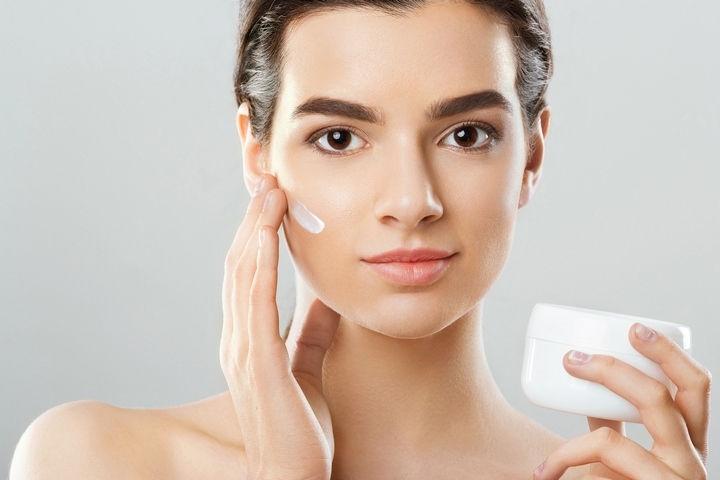
Exfoliating is essential in repairing sun-damaged skin, as it helps remove dead skin cells and reveal healthy skin underneath. Dead skin cells can accumulate on the skin’s surface, creating a dull, uneven complexion and making it harder for other skincare products to penetrate. Exercising regularly can help brighten the skin, improve texture, and unclog pores.
3. Use antioxidants
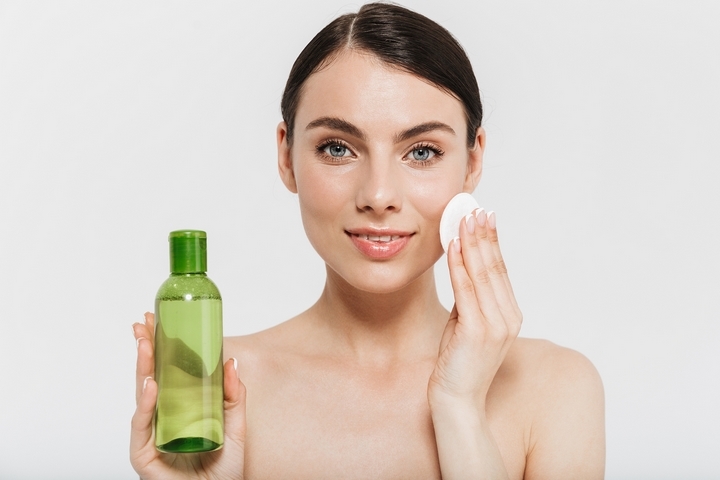
Using products containing antioxidants is an effective way to repair sun-damaged skin. Antioxidants help to neutralize free radicals, which are unstable molecules that can cause damage to cells, including skin cells. Vitamin C and E are some of the most effective antioxidants for repairing sun-damaged skin.
Vitamin C is a powerful antioxidant that helps to brighten the skin and reduce the appearance of dark spots and uneven skin tone. It also promotes collagen production, which helps to firm and plump the skin. Vitamin E is also a powerful antioxidant that helps to protect the skin from further damage and improve the appearance of fine lines and wrinkles.
4. Apply moisturizer
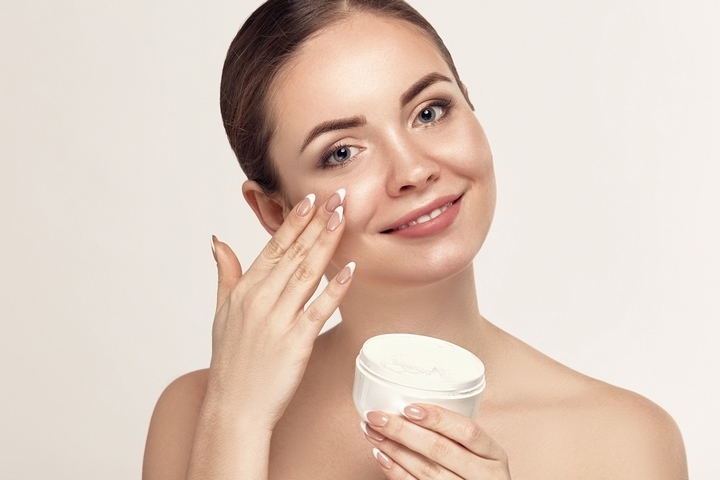
A moisturizer containing aloe vera or hyaluronic acid is an effective way to hydrate and soothe sun-damaged skin. Aloe vera is a natural plant extract known for its soothing and healing properties. It helps to reduce inflammation and redness, as well as hydrates the skin. Hyaluronic acid is a natural substance that helps keep the skin hydrated by retaining water.
5. Try retinoid creams
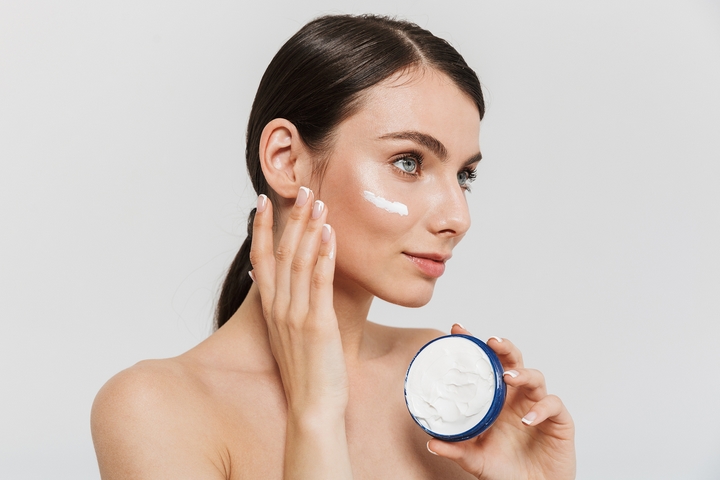
Retinoids are vitamin A derivatives that can effectively repair sun-damaged skin. They help boost collagen production, which can firm and plump the skin and reduce the appearance of fine lines and wrinkles. Retinoids increase cell turnover, which helps remove damaged cells and reveal new, healthy skin.
6. Use face masks
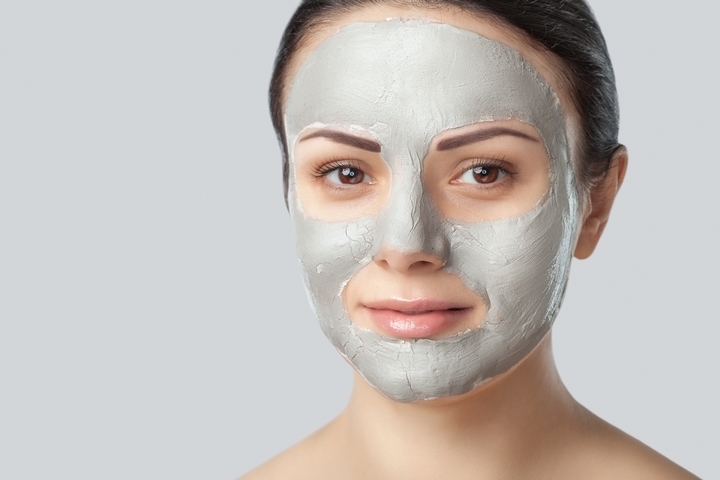
Using a face mask that contains ingredients such as honey, yogurt, or avocado is an effective way to nourish and hydrate sun-damaged skin.
Honey is a natural humectant which helps retain moisture in the skin. It also has antibacterial properties that help keep the skin clean and clear. Yogurt contains lactic acid, which can help exfoliate and brighten the skin.
Additionally, it’s also a good source of probiotics that can help balance the skin’s natural microbiome, leaving it feeling refreshed and hydrated. Avocado is rich in healthy fats, vitamins, and minerals that can nourish and hydrate the skin; it also contains antioxidants that can help to protect the skin from further damage.
7. Avoid the sun

Avoiding excessive sun exposure is crucial in repairing sun-damaged skin and preventing further damage. The sun’s rays are the strongest between 10 am and 4 pm, so it’s best to avoid spending prolonged periods in the sun during these hours. If you must be outside during these hours, protect yourself by wearing a wide-brimmed hat, long sleeves, and pants and applying sunscreen with at least SPF 30.
It’s also important to be mindful of the UV index, which measures the strength of the sun’s ultraviolet (UV) rays. On days when the UV index is high, it’s best to take extra precautions to protect your skin, such as staying in the shade, wearing protective clothing, and using stronger sunscreen.
In addition to avoiding excessive sun exposure, it’s also important to be mindful of other sources of UV rays, such as tanning beds. The UV rays emitted by tanning beds are just as harmful as the sun’s rays and can cause damage to the skin over time.





